Follow us on Telegram for the latest updates: https://t.me/mothershipsg
Leisure travel appears to be making a comeback in Singapore, with Singapore announcing nine new Vaccinated Travel Lanes (VTLs) last week.
With so much excitement over the new VTLs, there are a corresponding number of questions regarding how VTL travel actually works.
From the number of swab tests required, to whether you need to wear a mask when you arrive at your destination, this is the comprehensive guide you need to read before you book your tickets.
Where can you go?
There are two countries that are currently part of Singapore's VTL scheme.
- Brunei
- Germany
However, anyone without Bruneian citizenship/permanent resident status is still unable to travel freely to Brunei — the Bruneian government is not allowing foreign visitors until further notice.
This means that for now, the only country that allows two-way quarantine-free travel is Germany.
From Oct. 19, Singaporeans will be spoilt for choice (relatively speaking), as eight other nations will be added to the VTL agreement.
- Canada
- Denmark
- France
- Italy
- Netherlands
- Spain
- United Kingdom
- United States
Note that there is no requirement to enter these countries through specific VTL flights, so you're free anytime to travel to these countries, given that none of these countries currently have entry restrictions on travellers from Singapore.
In fact, you can fly there tonight if you wish, although you will only be able to return to Singapore without SHN after the VTL officially kicks in on Oct. 19.
And from Nov. 15 onwards, South Korea (arguably the most popular VTL destination) will also be added to the list.
- South Korea
South Korea is different from the countries above, as you're required to fly on specific VTL flights to and from South Korea. This means you will only be able to use the South Korea VTL from Nov. 15 onwards.
In a nutshell, by Nov. 15, Singaporeans will have a choice of 10 different countries to travel to, without having to serve SHN on either end of their trip.
Who is eligible for the VTL?
Before you get too excited, it is important to remember that there are a number of conditions that individuals must fulfil, in order to enjoy the benefits of the VTL.
1. Must be fully vaccinated
Only fully vaccinated travellers, who received their doses from any vaccine on the World Health Organisation (WHO) Emergency Use Listing (EUL), are eligible for VTL travel to Singapore.
If you were vaccinated in Singapore, this shouldn't be a problem, given that all the vaccines administered locally are on the list.
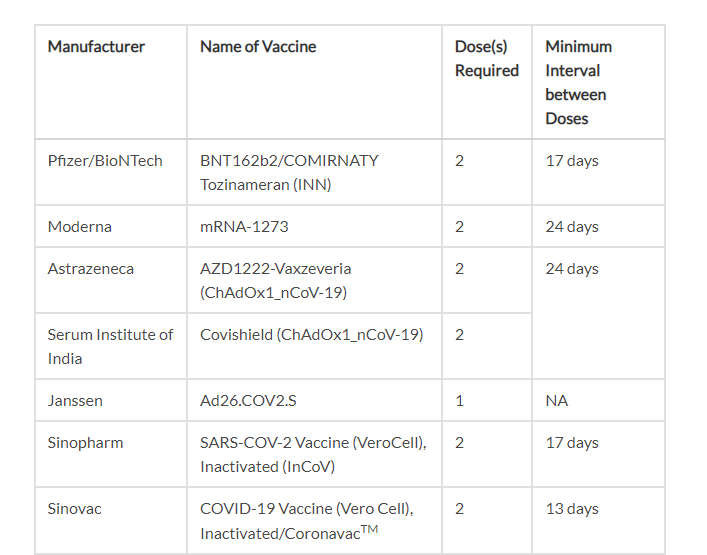 Image via ICA.
Image via ICA.
2. Must be on a VTL flight
You must also arrive in Singapore on a designated VTL flight, in order to avoid serving your SHN.
All the VTL destinations are served by Singapore Airlines (SIA), and you will be able to book your VTL flight on our national carrier.
You may also opt for a number of foreign airlines' VTL flights.
The list of eligible flights is regularly updated, and you can find a full list here.
3. 14-day travel history
To be eligible for the VTL, your 14-day travel history must only include Singapore or any active VTL country.
And in case you're wondering, there's no need for your trip to be at least 14 days long.
For example, you can fly from Singapore to Munich, Germany, for a week-long holiday, and fly back to Singapore on a VTL flight.
However, if you make a quick hop over the border into Austria (not a VTL destination) during your trip, you will not be eligible for the VTL until you spend a further 14 days in Germany.
In a region like Europe, where you can casually take the wrong train and end up in another country, it's important for individuals to familiarise themselves with where they are allowed to go.
4. Swab tests
You are required to take two polymerase chain reaction (PCR) tests when returning to Singapore via the VTL.
- You must present a negative pre-departure PCR test, taken within 48 hours before your flight to Singapore.
- Upon arrival in Singapore, you must take another PCR test, and self-isolate until a negative result is received.
If you're returning to Singapore before Oct. 19, you are required to take another two tests (on Day 3 and Day 7 of your arrival in Singapore), although this requirement will be lifted from Oct. 19 onwards.
5. Foreigners need to apply for a Vaccinated Travel Pass
If you're not a Singaporean or Permanent Resident (PR), you also need to apply for a Vaccinated Travel Pass (VTP).
Applications must be made seven to 30 calendar days prior to the intended entry into Singapore, and applications are free.
Further details on how to apply for a VTP can be found here.
Not all VTLs are the same
Now that you're more familiar with the VTL, you're probably ready to book your tickets.
However, it's important to note that not all VTLs are made equal, as different locations have different requirements.
Unlike pre-Covid-19 travel, there are many variables you need to consider before travelling overseas.
How many swab tests do you need? What kind of Covid-19 regulations can you expect once you arrive? Is insurance mandatory?
Read on to find out more about the requirements and considerations for each destination.
Brunei
Currently, foreigners are unable to enter Brunei for leisure, via VTL or otherwise, so if you're hoping to visit Brunei for a short weekend getaway, you're out of luck (at least for now).
Germany
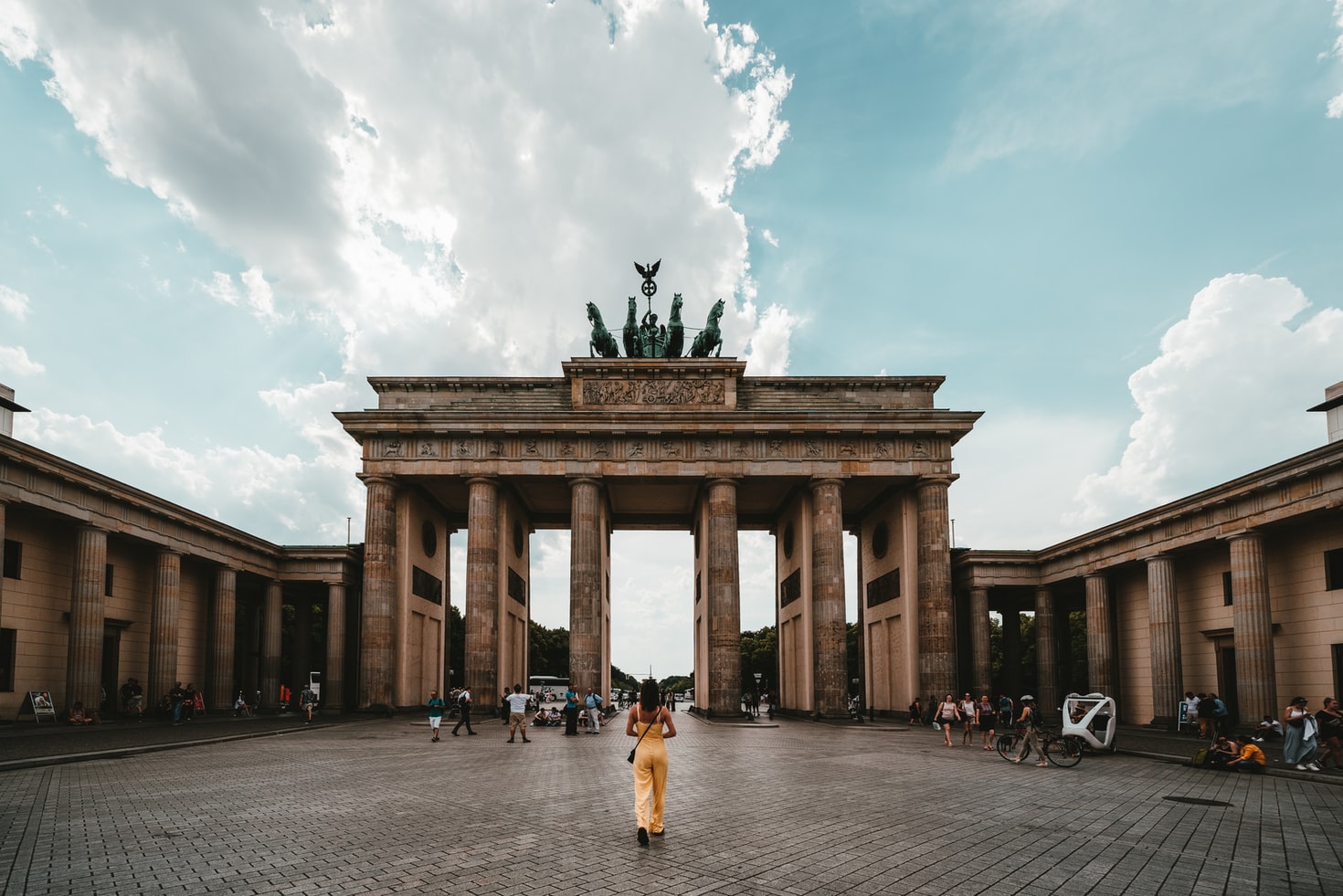 Image via Unsplash.
Image via Unsplash.
Given that Brunei remains essentially closed off to Singaporeans, Germany was the first actual VTL destination for aspiring holiday-goers.
It's of note that Germany is the only VTL destination served by Scoot, SIA's low-cost subsidiary.
You can still snag round-trip tickets to Europe for under S$500 (with the cheapest tickets priced at S$445, and factoring in a little extra for luggage and meals), making this the cheapest VTL option by far, at least flight-wise.
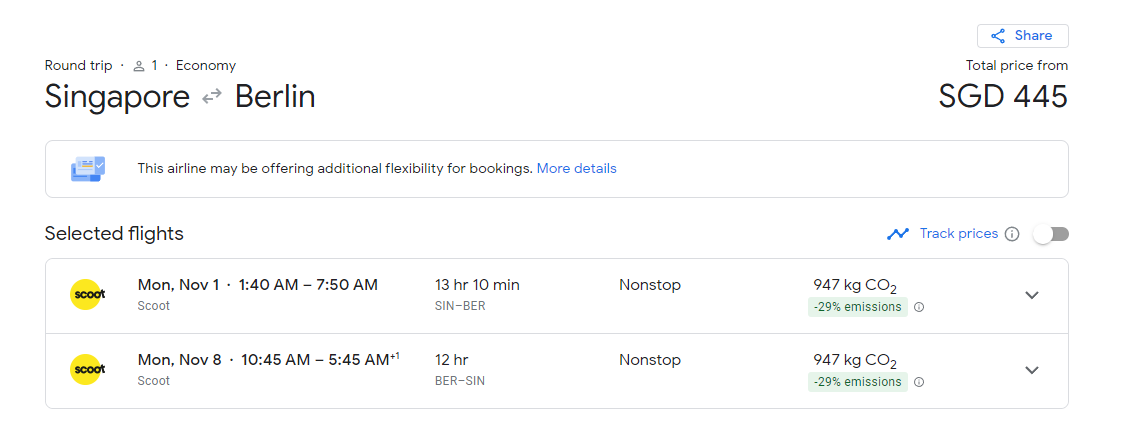
Swab tests
In terms of swab tests, travellers are in luck: You're not required to present a pre-departure swab test when travelling to Germany, nor are you required to take a test upon arrival.
This means that the only tests you will need to take are the two PCR tests (mentioned earlier) when you are returning to Singapore.
Local regulations
Individuals must wear a mask that covers their mouth and nose when travelling on public transport, in stores and in busy outdoor places within Germany.
The mask requirement might be stricter than what you're used to in Singapore, as masks worn in Germany must fulfil FFP2 or KN95/N95 requirements.
Apart from this, there are no other specific restrictions for vaccinated travellers from Singapore.
Canada
 Image via Unsplash.
Image via Unsplash.
Swab tests
If you're flying to Canada, you must take a PCR test within 72 hours of your scheduled departure time.
Travellers who are unable to provide a valid negative test result may be refused boarding.
After factoring in the two PCR tests needed for returning back to Singapore, you will need to take a total of three PCR tests, if you want to travel to Canada.
Local regulations
The government of Canada recommends individuals in Canada to wear masks to reduce the spread of Covid-19.
According to their official guidelines, masks "may be required or recommended" in certain public settings, like stores, businesses and public transit.
In addition, you are not required to wear a mask even if you share indoor or outdoor spaces with people from outside your immediate household, but the Canadian government recommends that you make an informed decision on whether wearing a mask is necessary.
Denmark
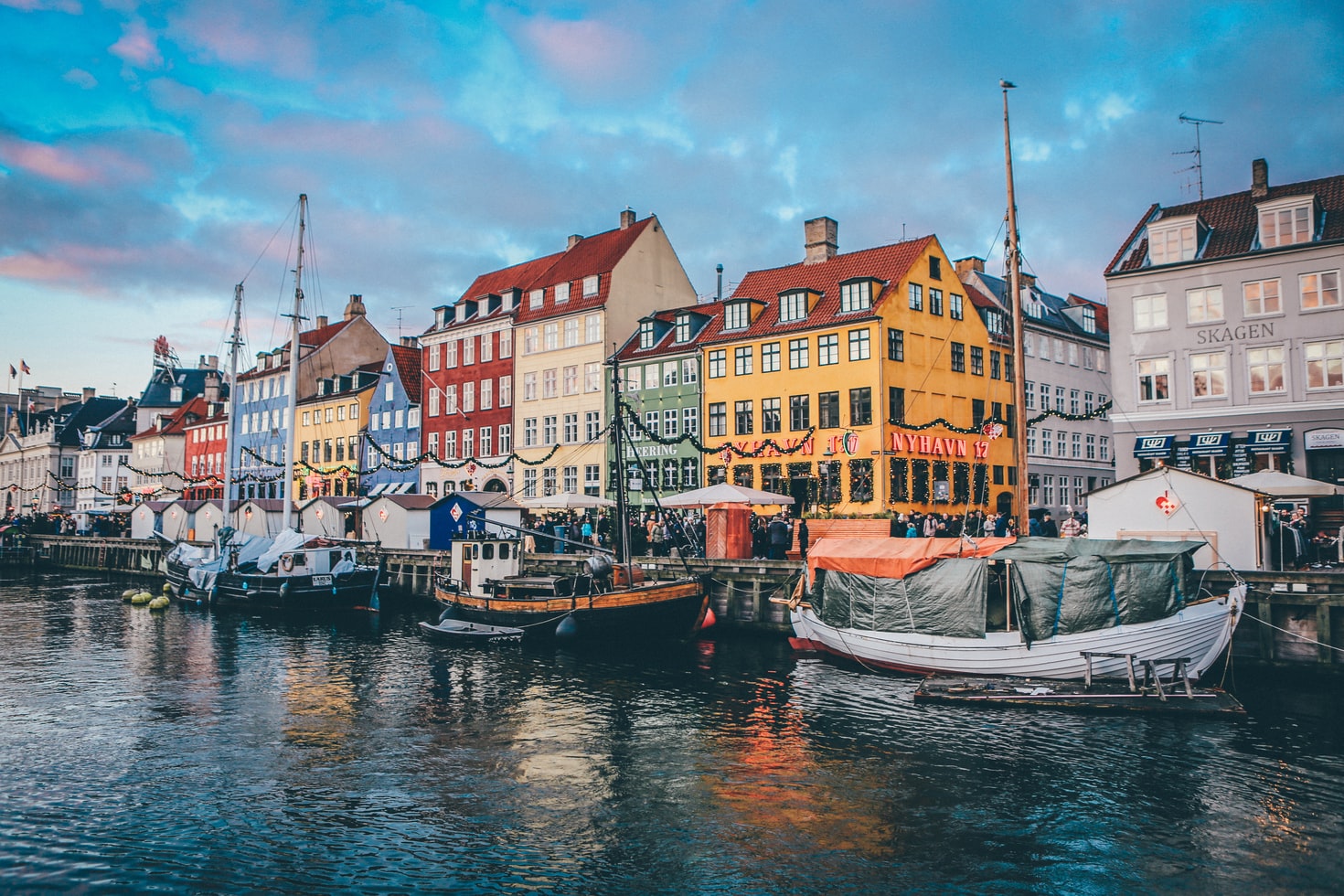 Image via Unsplash.
Image via Unsplash.
Swab tests
There are no pre-departure or on-arrival swab tests required for travelling to Denmark.
This means that you're only required to take a total of two PCR tests if you choose to visit Denmark.
Local regulations
In Denmark, travellers are required to wear a face mask or shield at the airport. They are also advised to wear a face mask if they visit test centres or hospitals.
There are no specific requirements for you to wear a face mask when travelling on public transport, nor are you required by law to wear one when visiting restaurants or shopping malls, although the official website states that you may be required to either wear a mask or show proof of vaccination at "businesses or private cultural institutions", as these venues are generally allowed to make their own requirements.
France
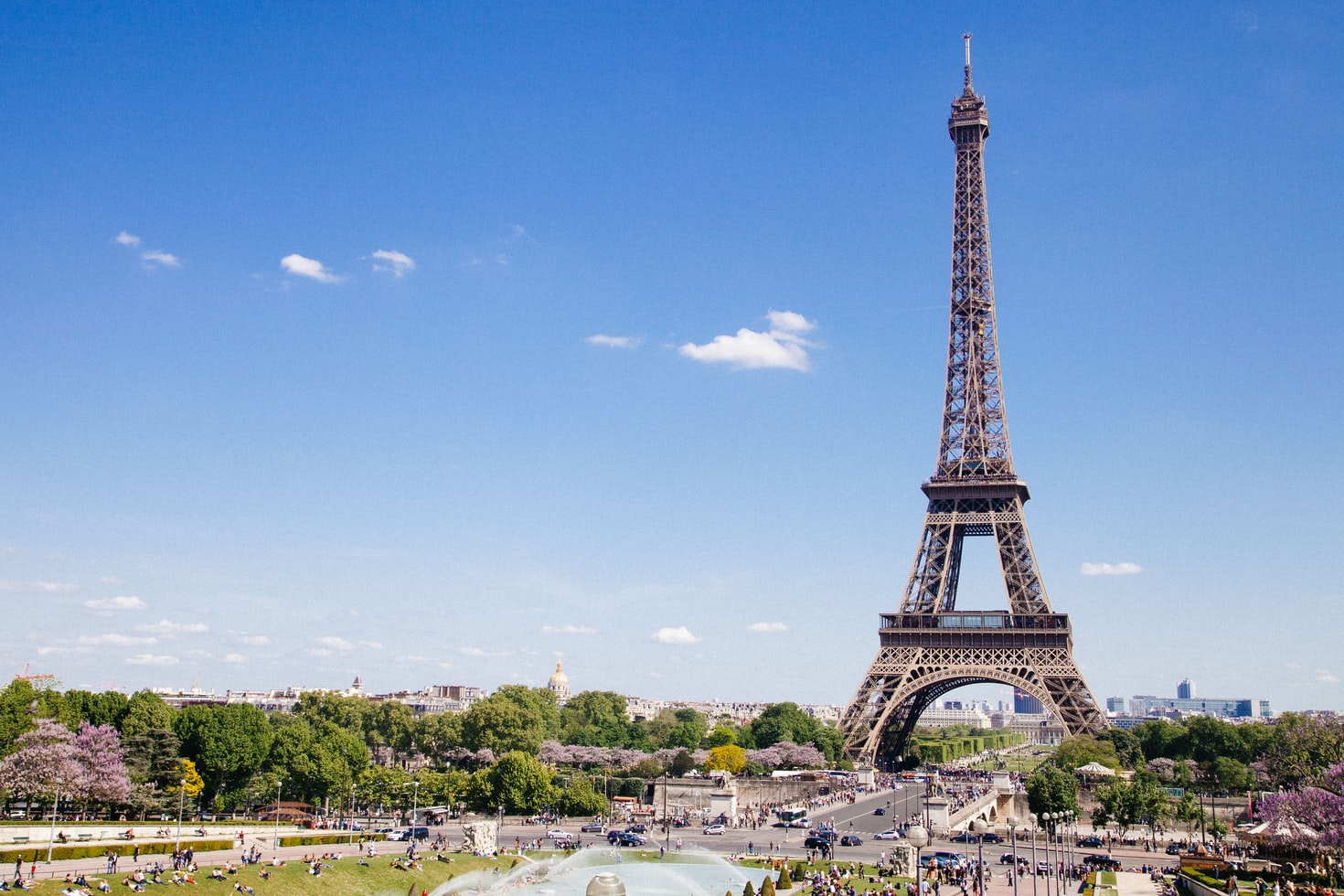 Image via Unsplash.
Image via Unsplash.
Swab tests
No additional swab tests required by France.
Local regulations
In France, you are required to wear a mask that covers your nose and mouth on public transport and in indoor public spaces, such as shops and restaurants.
If you're outside, you do not need to wear a mask, except in places where social distancing is not possible, like open-air markets and railway stations.
According to the official website, local authorities may require masks to be worn in other specified places, so keep one with you in case.
France's health pass requirement
In addition, you will also need a health pass to access bars, restaurants, malls, hospitals, and long-distance travel like planes, trains and coaches.
The health pass serves to prove that an individual is either fully vaccinated, have tested negative for Covid-19 within the last 48 hours, or have recovered from Covid-19.
You can apply for the health pass online.
You can present the pass in either its digital or paper form, and both will include a QR code that will be scanned when the health pass is needed.
Italy
 Image via Unsplash.
Image via Unsplash.
Swab tests
You are required to take either an Antigen Rapid Test (ART) or PCR test within 72 hours prior to entering Italy.
Unlike some other pre-departure tests, the time frame starts 72 hours before your entry into Italy, rather than your departure from Singapore.
Local regulations
Wearing a face mask is mandatory in all indoor public places through Italy, though masks are no longer mandatory outdoors.
However, the official guidelines state that individuals must always carry a mask with them, and wear it if they find themselves in crowded conditions that do not allow for safe distancing to be maintained.
Italy's Covid-19 green certificate requirement
In addition, a Covid-19 green certificate is needed to enter restaurants, bars, museums, festivals and a number of other public places.
This green certificate is meant to show that the individual is either fully vaccinated, have tested negative within the last 48 hours for Covid-19, or have recovered from Covid-19.
However, Singaporeans are not able to apply for the green pass directly.
Anecdotally, travellers to Italy may show proof of their vaccination issued by their own countries, and travellers from Canada, Japan, Israel, UK and the U.S. have been able to show their vaccination certificates in Italy.
You may be able to get by with a printout of your official vaccination certificate, but if you're not willing to take the risk, it might be best for you to give Italy a miss for now.
Netherlands
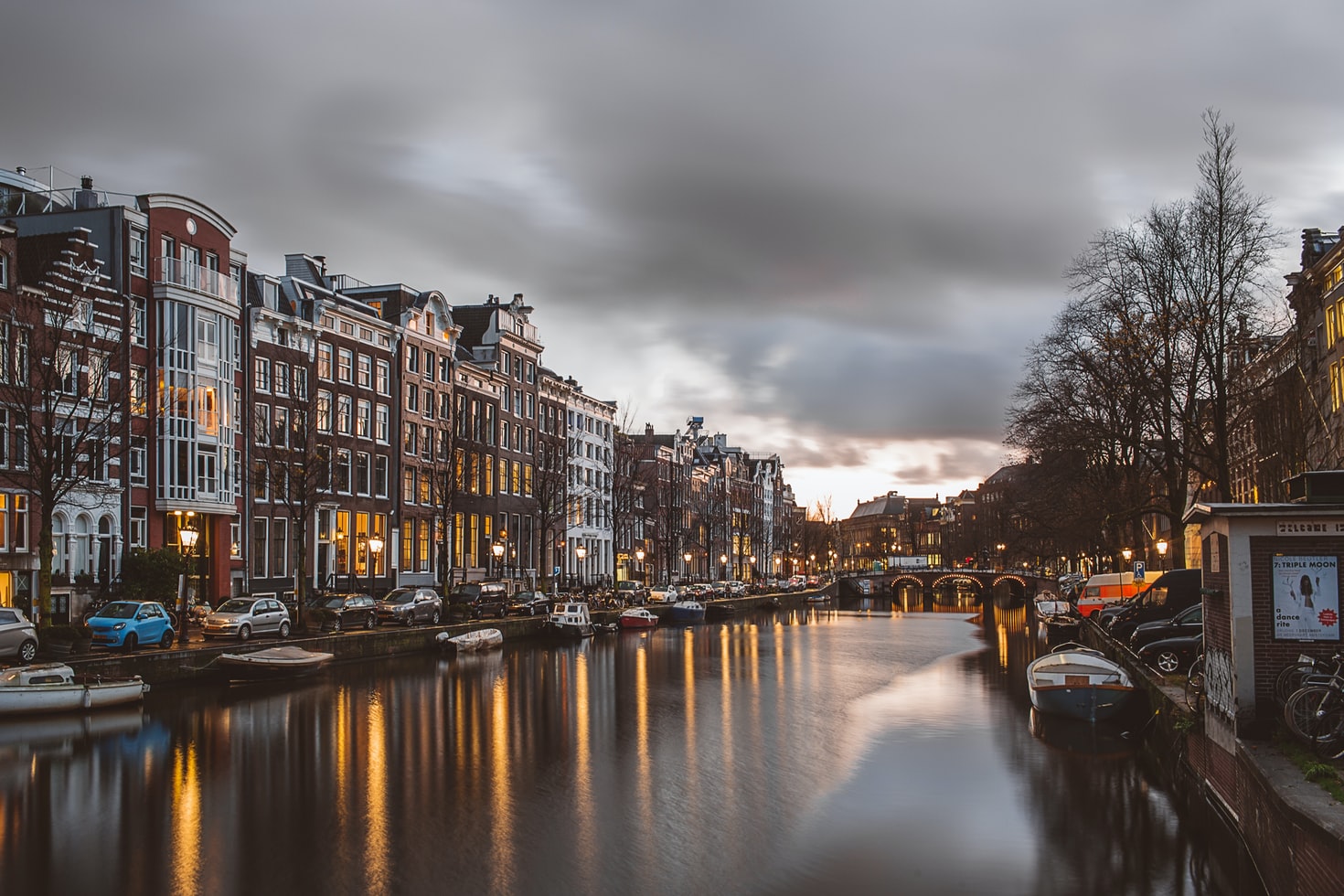 Image via Unsplash.
Image via Unsplash.
Swab tests
No swab tests required when entering the Netherlands.
Local regulations
Face masks are mandatory on public transport in the Netherlands, and "in places where it is not always possible to stay 1.5 metres away from others", and no specific locations were stated.
This means that travellers to the Netherlands should assess the situation themselves, and decide whether it is necessary to wear a mask.
In addition, "building managers" can also decide whether a face mask must be worn within a building, even if face masks may not otherwise be required by law.
Like several other European countries, individuals in the Netherlands need to show a "coronavirus entry pass", in order to enter many local indoor places, like F&B establishments, cinemas or certain event venues.
While locals use an app called CoronaCheck to show their vaccination status, tourists won't be able to use the app without a local ID.
According to DutchNews.nl, a local online publication, this means that non-EU visitors to the Netherlands will have to show proof of a negative Covid-19 test within the last 24 hours, for activities like eating in a restaurant.
Unless the rules change in the near future, this could mean a trip to the Netherlands will involve daily swab tests, unless you intend to rely on takeaway for your entire trip, and miss out on many attractions.
Spain
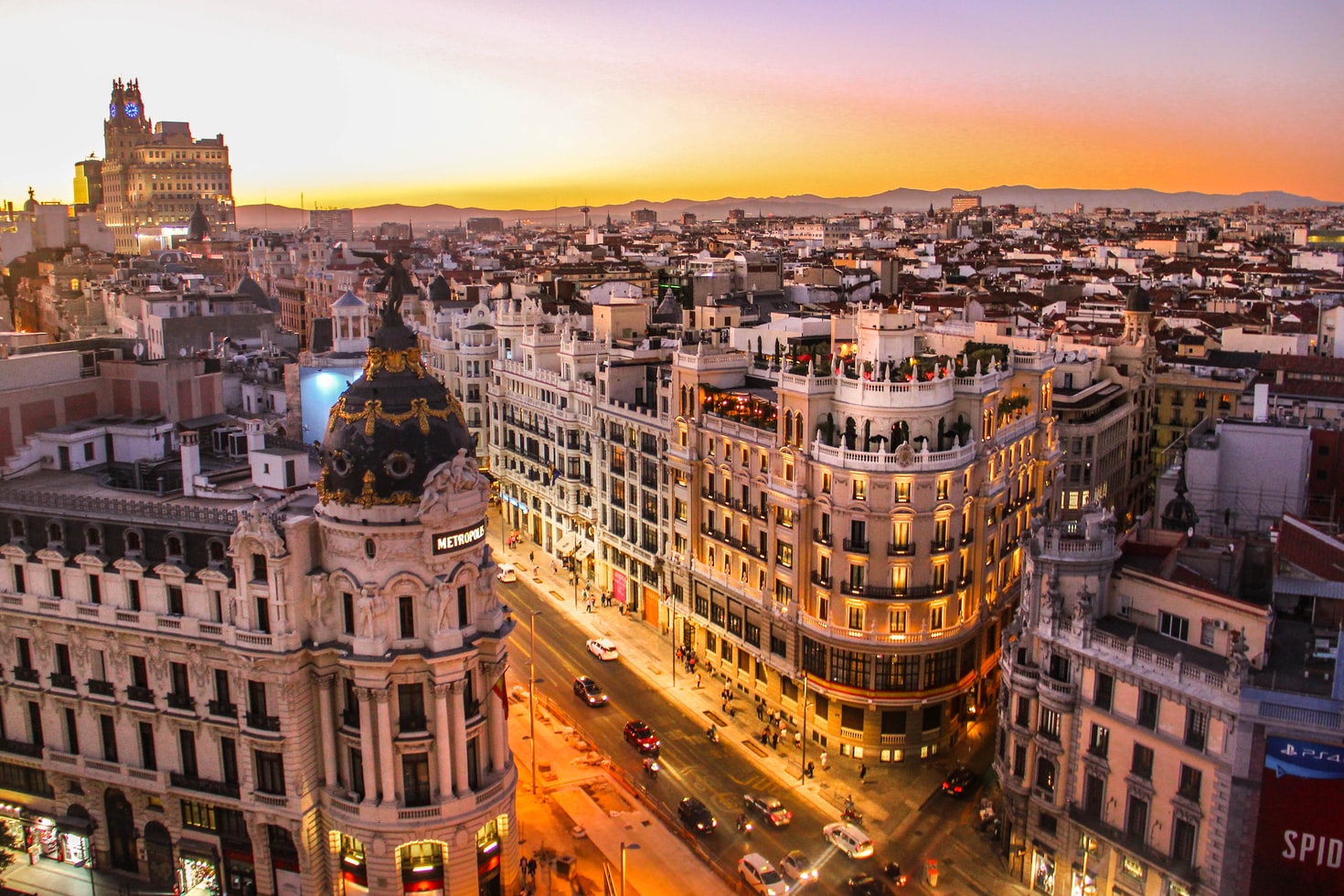 Image via Unsplash.
Image via Unsplash.
Swab tests
No swab tests required to enter Spain.
Local regulations
Masks are mandatory indoors or in enclosed spaces, and on public transport.
It is not compulsory to wear a mask outdoors, as long as safe distancing of 1.5 metres can be maintained.
Spain previously declared a state of emergency to fight the Covid-19 pandemic, and rules were tightened to different extents, depending on the Covid-19 situation in each region.
The state of emergency has since been lifted, and most of the differing Covid-19 measures in the different regions have also been lifted.
However, if the situation changes in the future, you can always find out more about the restrictions in each region here.
United Kingdom
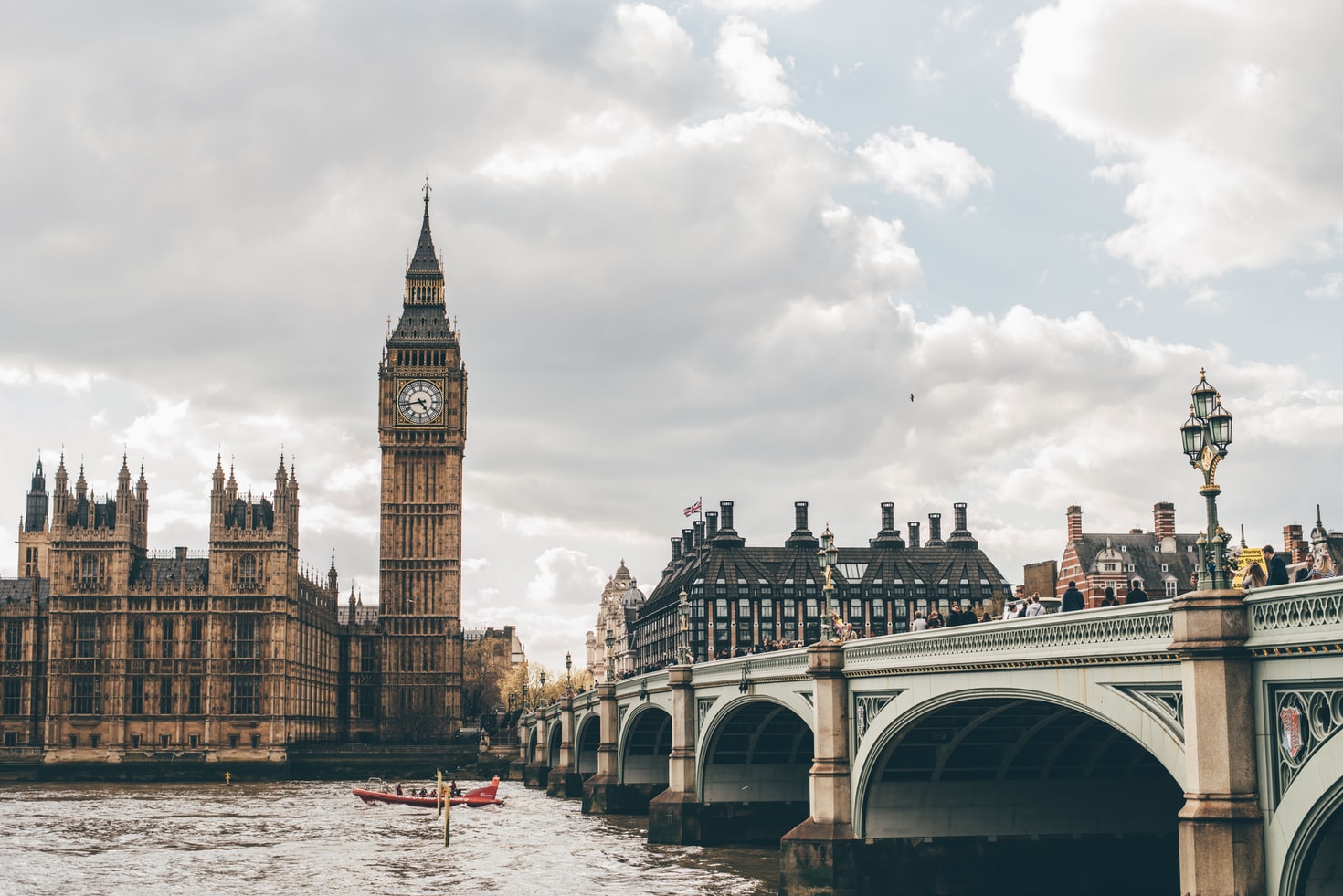 Image via Unsplash.
Image via Unsplash.
Swab tests
Before you travel to the UK, you must book and pay for a Covid-19 test.
The test must be taken within two days after arrival in the UK.
While the official guidelines did not specify the type of test required (ART or PCR), you can find a list of test providers here.
You must enter your Covid-19 test booking reference number on your passenger locator form, which must be completed in the 48 hours before you arrive in the UK.
Local regulations
There are different regulations for England, Wales, Scotland and Northern Ireland, so it's best to double check which rules apply by consulting the official website.
If you're heading to London, for example, you are recommended to wear face masks in crowded and enclosed areas, although it does not appear to be mandatory.
United States
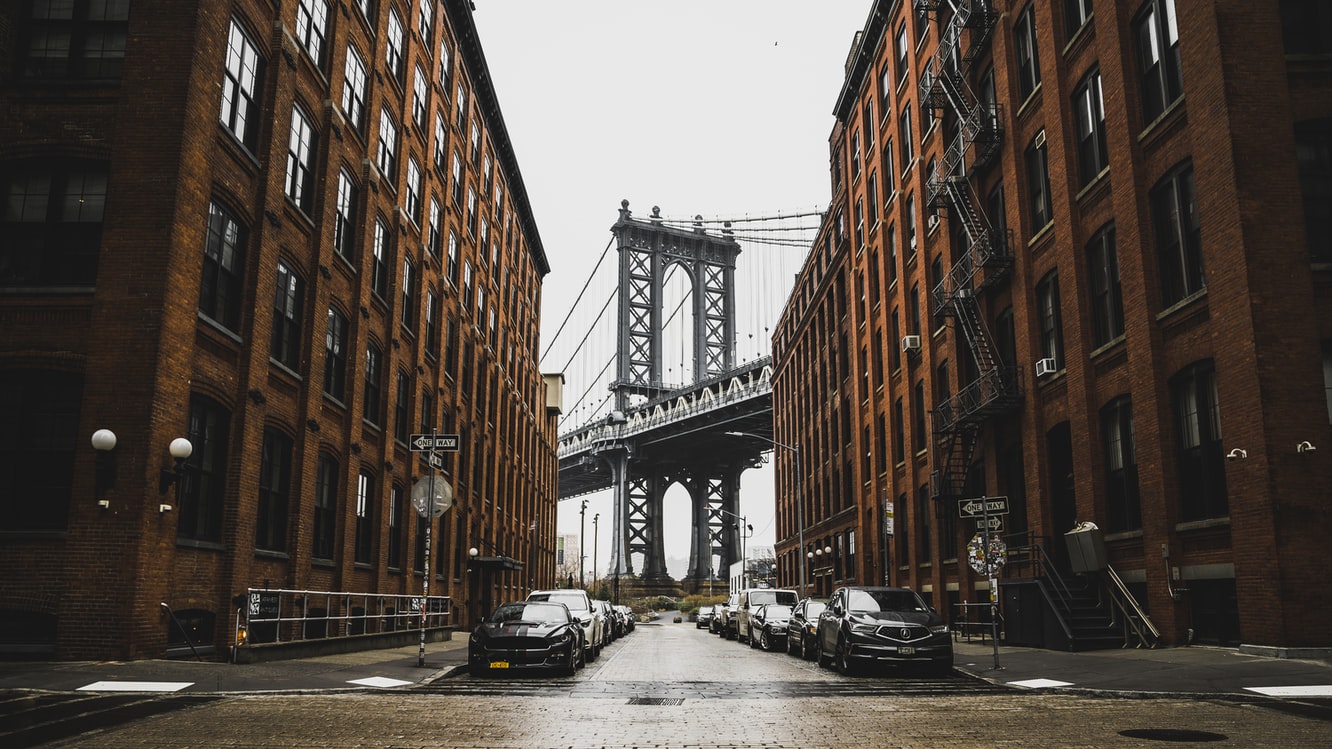 Image via Unsplash.
Image via Unsplash.
Swab tests
You must take either an ART or PCR test no more than three days before you travel to the U.S, and show your negative result to the airline before you board your flight.
Local regulations
All travellers must wear masks in airports, commercial aircraft, trains and other modes of public transport.
However, with 50 different states in the U.S, it is difficult to sum up the local Covid-19 regulations within the country. If you're planning to visit the U.S, it's best that you check the restrictions online for each state you intend to visit.
In general, most states only require unvaccinated individuals to wear face masks, although fully vaccinated individuals are still recommended to wear face masks in indoor public settings.
However, as of Oct. 15, 2021, seven states still require most people to wear masks in indoor public places, whether or not they have been vaccinated against Covid-19.
These states are: Hawaii, Illinois, Louisiana, Nevada, New Mexico, Oregon and Washington.
South Korea
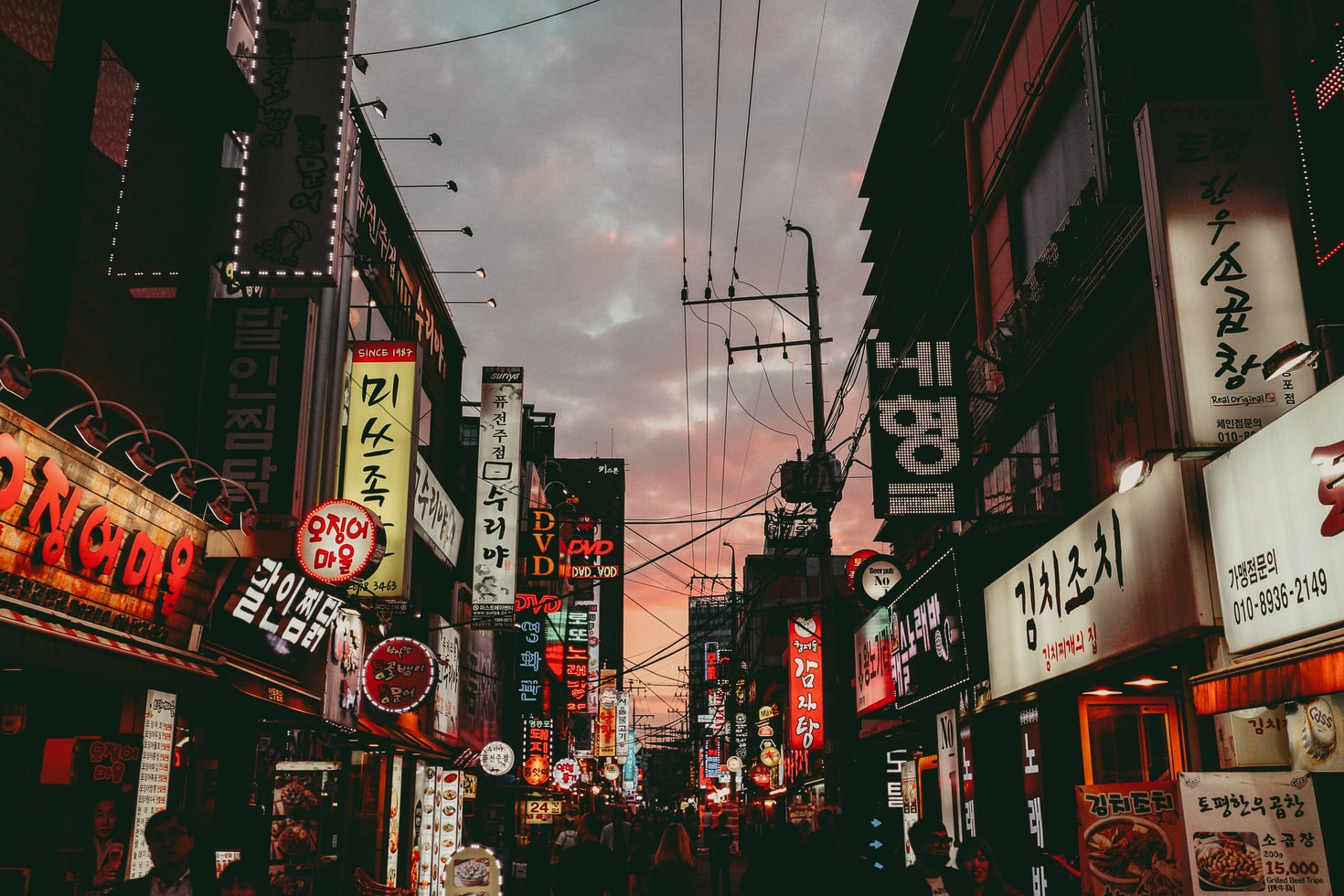 Image via Unsplash.
Image via Unsplash.
From Nov. 15, Singaporeans will finally be able to fly to South Korea via the VTL.
Unlike many of the other countries on the VTL list, the VTL arrangement with South Korea is much more of a two-way agreement.
For example, you have to fly on designated VTL flights when flying to South Korea, and not only when you return to Singapore.
Your 14-day travel history must only include Singapore and South Korea, and cannot include other VTL nations.
Visitors to South Korea must also purchase travel insurance with a minimum coverage of 30 million KRW (~S$35,000), and they must apply for an electronic travel authorisation.
Also, while return tickets to Seoul can be found at around S$600 when the VTL was first announced, ticket prices have crept up significantly, and you should now expect to spend more than S$1,000 for a return ticket to Seoul on SIA, if you are travelling in December 2021.
Swab tests
You must take a pre-departure PCR test 72 hours before your flight, and another PCR test on arrival in South Korea.
In addition, if your stay is over eight days long, you must take another PCR test on either Day 6 or 7 of your trip.
In total, you must take at least four PCR tests if you wish to travel to South Korea, and an additional PCR test if your trip exceeds eight days long.
Local regulations
Officially, the South Korean government recommends individuals to wear a mask when they are using indoor facilities, on public transport, or when in crowded locations outdoors.
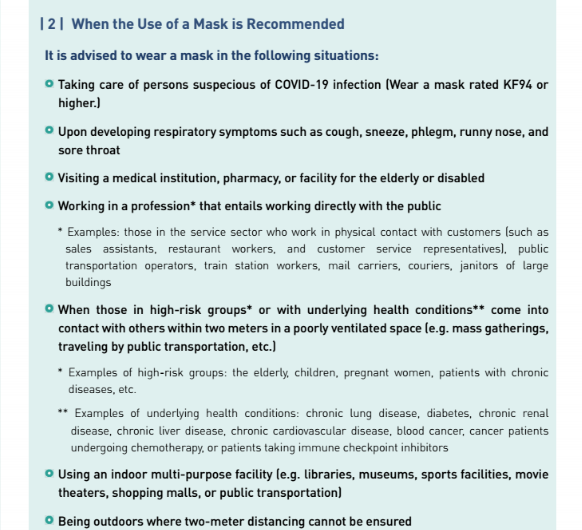 Image via.
Image via.
However, in an article published by The Washington Post in July, it is reported that an earlier exemption for vaccinated residents to go mask-free outdoors has been reversed, in light of rising Covid-19 cases at the time.
It is perhaps best for travellers to South Korea to have a face mask with them at all times, and wear it when necessary (if you see everyone else wear a mask, chances are, you need to wear one too).
Many factors when travelling to more than one country
Unfortunately, booking a trip overseas is no longer a simple affair.
With different entry requirements and local restrictions in each country, it is important for individuals planning overseas to do their due diligence, in order to ensure that their trip goes off without a hitch.
In general, if you're travelling to one country, things are relatively more straightforward: Look for the country's latest regulations on Covid-19 online, and stick to it.
However, if you're planning a multi-country escapade, you need to be extra careful, as you need to also analyse each country's regulations in relation to each other.
For example, while you are able to fly to both Germany and the U.S. via the VTL, you may not be able to fly to both countries on the same trip without having to face additional restrictions.
This is because Germany considers the U.S. as a high-risk area, meaning you need to quarantine yourself in Germany after travelling to the U.S, even if both countries are considered safe by Singapore.
This is not the only example, and the more countries you visit, the more factors you have to consider.
Follow and listen to our podcast here
Top image via Unsplash.
If you like what you read, follow us on Facebook, Instagram, Twitter and Telegram to get the latest updates.
